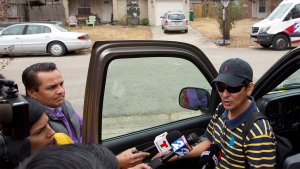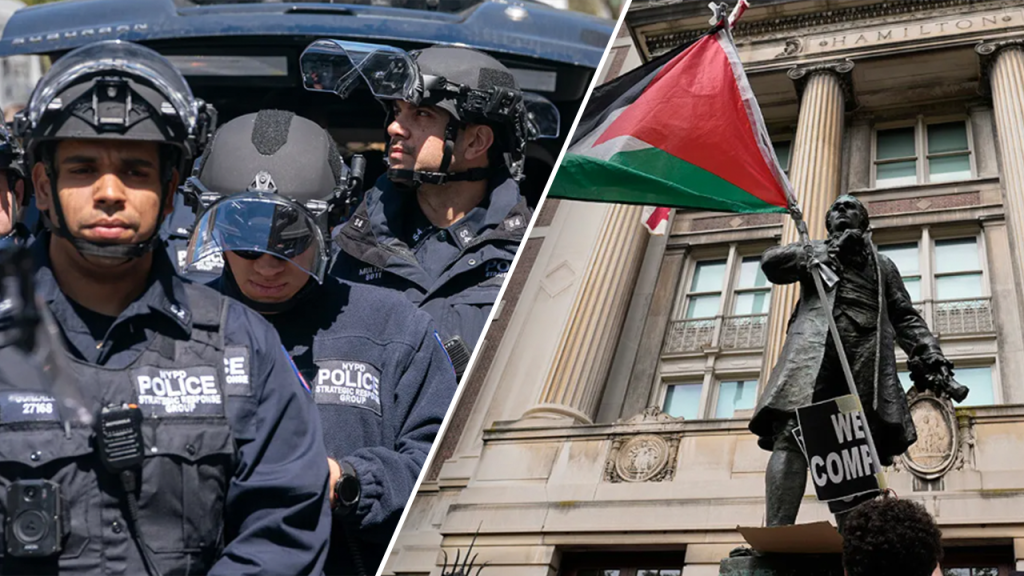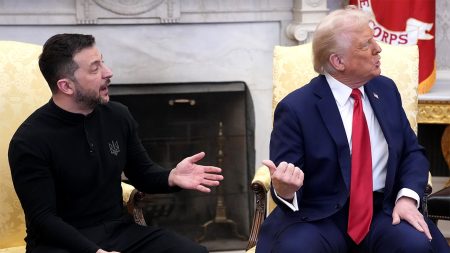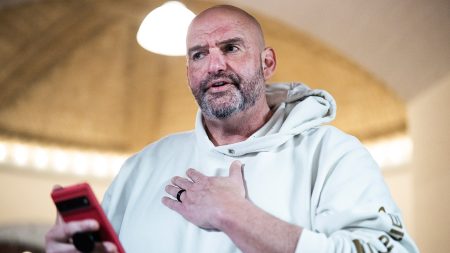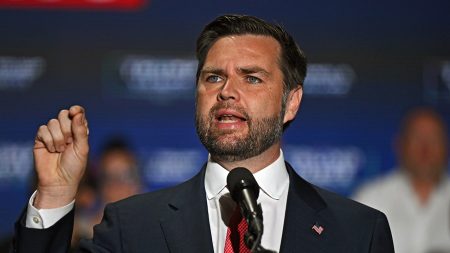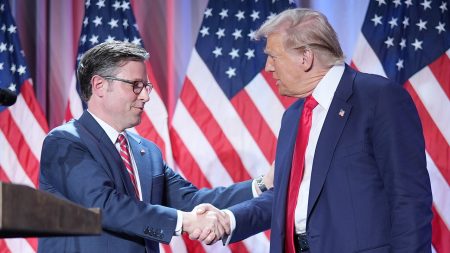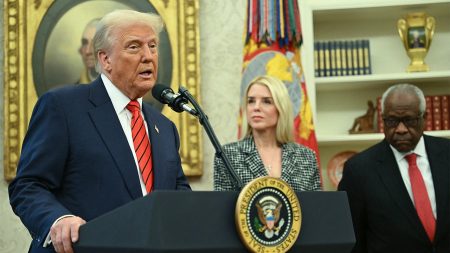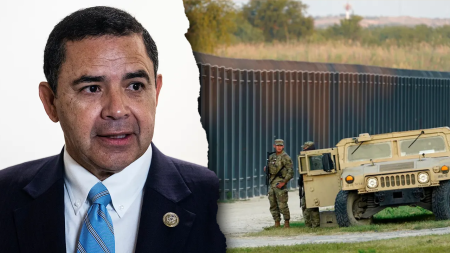New York City has recently become the epicenter of campus protests against Israel and Jews, resulting in radicals causing disruptions and forcing the NYPD to handle public safety concerns and numerous arrests on top of existing issues such as crime trends, immigration crisis, police understaffing, and security surrounding the trial of former President Trump in Manhattan. Democratic Mayor Eric Adams suggested that Columbia University should contribute to the costs associated with the recent NYPD operation to remove radicals from campus, advocating for a zero-tolerance approach to prevent such situations from escalating. The anti-Israel protests at Columbia University and The City College of New York led to 282 arrests, with half of those arrested being outside agitators not affiliated with the universities.
Rabbi Elie Buechler warned Jewish students to leave campus immediately during the Columbia University protests, citing extreme antisemitism and anarchy that put their safety in jeopardy. The “Gaza Solidarity Encampment” on Columbia University’s campus and the occupation of Hamilton Hall by radicals prompted the NYPD to take action by clearing the encampment and removing agitators from the building. Mayor Eric Adams commended the police for their ability to shut down the protests and ensure organized operations without any injuries or violent clashes, emphasizing that those attempting to disrupt the city would not be tolerated.
The NYPD has been dealing with historical losses of officers leaving the force or retiring, resulting in staffing issues that have strained their resources and impacted response times for calls of service. Despite a decline in violent crimes such as murder, overall crime only saw a slight reduction, with high rates of car thefts, larcenies, burglaries, and robberies still being a concern. Lizzy Savetsky, an Israel activist, expressed concern that the protests and radicals on campuses are not only challenging public safety but also promoting antisemitism and anti-American sentiments, putting the well-being of Jewish residents at risk. In addition to handling protests and crime trends, the NYPD has been grappling with a migrant crisis in New York City, where thousands of illegal immigrants have arrived, adding to the challenges faced by law enforcement.
The city is also dealing with the high-profile trial of former President Trump in Manhattan, adding to the security concerns and demands on the NYPD’s resources. The trial has garnered mass media attention and attracted supporters and protesters outside the courthouse, further stretching the NYPD thin. Rafael Mangual of the Manhattan Institute warned that while the NYPD can currently handle the events unfolding in the city, they could be left vulnerable if a mass tragedy or riots similar to those in 2020 were to occur. Despite the challenges facing the NYPD, the mayor’s office has assured that the force can handle the situations on campus while still attending to the entire city’s needs, highlighting the NYPD’s reputation as the “greatest police department in the world.”
Overall, the protests and disruptions on New York City campuses have highlighted the strain on the NYPD at a time when the force is already dealing with staffing shortages, increasing demands, and ongoing public safety challenges. The situation underscores the need for effective strategies to address campus protests and maintain safety and order in a city facing various complex issues. With threats of antisemitism, rising crime rates, a migrant crisis, and high-profile trials adding to the NYPD’s workload, the force must adapt and respond efficiently to ensure the safety and security of all residents in New York City.


